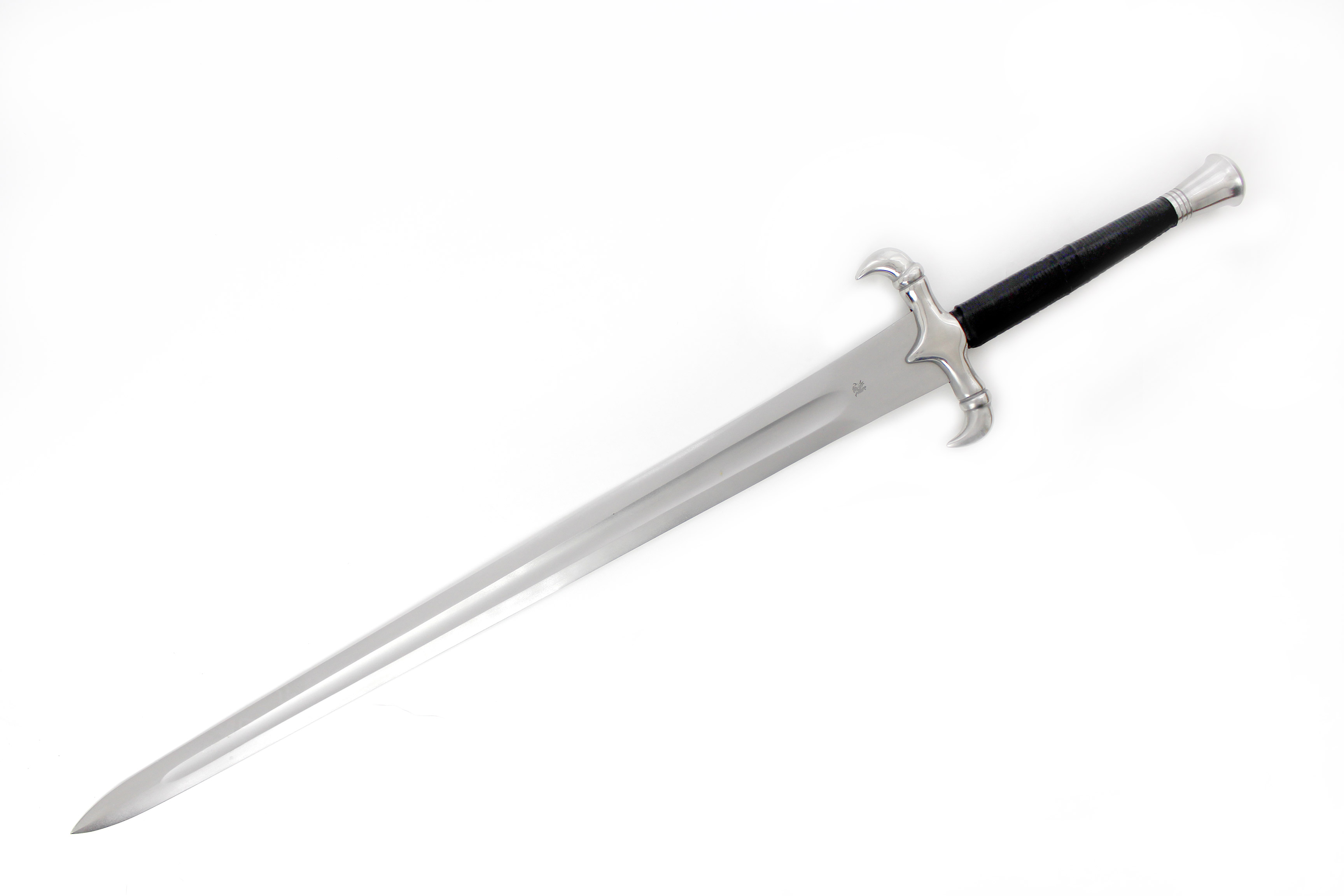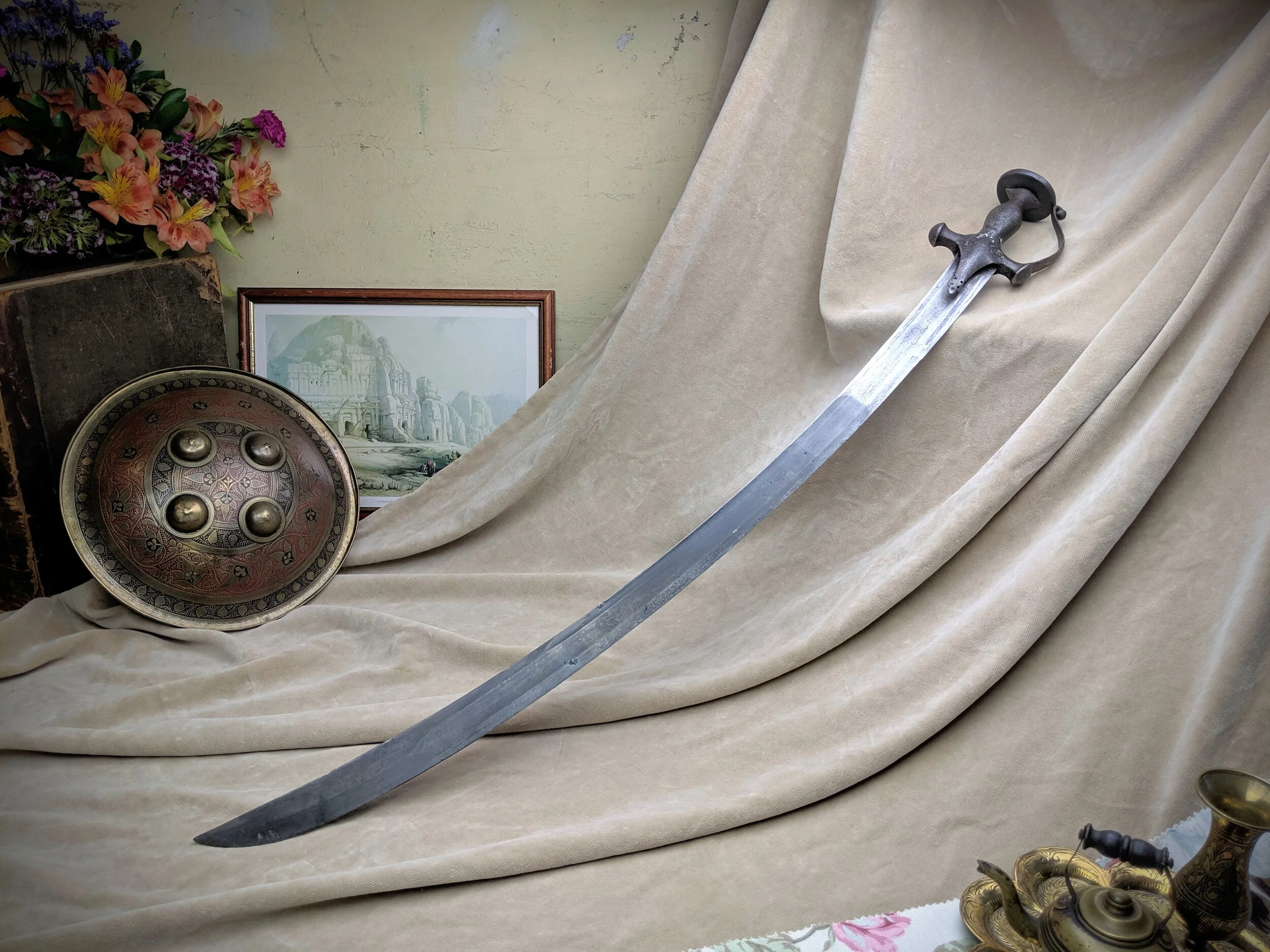Definition and History

Sword definition – The term “sword” encompasses a vast array of bladed weapons that have played a pivotal role in human history. Its origins can be traced back to the Stone Age, where early humans crafted rudimentary blades from stone, bone, and wood.
The sword, a weapon of war and symbol of power, has been wielded by warriors and kings throughout history. In the chaotic and adrenaline-fueled atmosphere of a casino pit , the stakes are high, and the tension is palpable. Yet, beneath the flashing lights and ringing slot machines, the sword’s legacy lingers, a reminder of the thrill of battle and the pursuit of victory.
As civilizations evolved, so did the design and construction of swords. Metalworking techniques enabled the creation of more durable and effective blades from materials such as bronze and iron. Over time, swords became increasingly specialized, with different types emerging to suit various combat styles and purposes.
The sword, a weapon with a sharp blade and a handle, has been a symbol of power and authority throughout history. Its blade, honed to a lethal edge, could cleave through flesh and bone with ease. In the treacherous depths of the diamonds pit , the sword’s gleam could be seen glinting in the darkness, a beacon of hope and fear in equal measure.
Its sharp edge promised both salvation and destruction, a reminder of the delicate balance that existed in the face of adversity.
Types of Swords
Throughout history, a multitude of sword types have emerged, each with its unique characteristics. Some of the most notable include:
- Straight swords: These swords feature a straight blade, often with a double-edged design. Examples include the Roman gladius and the medieval longsword.
- Curved swords: These swords have a curved blade, which provides increased cutting power. Notable examples include the Middle Eastern scimitar and the Japanese katana.
- Single-edged swords: These swords have a blade that is sharpened on one side only. Examples include the European saber and the Chinese dao.
- Double-edged swords: These swords have a blade that is sharpened on both sides. Examples include the Viking sword and the Scottish claymore.
Famous Swords
Throughout history, certain swords have become legendary due to their association with renowned warriors or significant events. Some of the most famous swords include:
- Excalibur: The mythical sword of King Arthur, said to have been bestowed upon him by the Lady of the Lake.
- Durendal: The sword of Roland, a legendary knight from the Charlemagne cycle.
- Kusanagi-no-Tsurugi: The legendary sword of the Japanese emperor, said to be one of the three sacred treasures of Japan.
- Zulfiqar: The double-bladed sword of Ali ibn Abi Talib, the fourth caliph of Islam.
Design and Construction

A sword’s fundamental elements include the blade, the hilt, and the guard. The blade is the primary cutting or thrusting component, usually made from hardened steel. The hilt provides a grip for the user and often incorporates a guard to protect the hand from the opponent’s blade.
Materials used in sword making vary widely. Traditionally, steel has been the preferred choice due to its strength and durability. However, other materials such as bronze, iron, and even wood have been employed throughout history.
The forging process involves heating the metal to extreme temperatures and then hammering it into shape. This process strengthens the metal and removes impurities. The blade is then sharpened using a variety of techniques, including grinding, honing, and polishing.
Blade Design
Sword blades come in a wide range of shapes and sizes, each suited to a specific purpose. Some common blade designs include:
– Straight blades: These blades are typically used for thrusting or cutting. They can be either single-edged or double-edged.
– Curved blades: These blades are designed for slashing and hacking. They are often single-edged, with the curvature helping to concentrate the force of the blow.
– Double-edged blades: These blades can be used for both thrusting and cutting. They are typically more versatile than single-edged blades, but also more difficult to master.
Hilt Design
The hilt of a sword is typically made of wood, leather, or metal. It provides a grip for the user and often incorporates a guard to protect the hand. The shape and design of the hilt can vary depending on the type of sword and the intended use.
Guard Design
The guard of a sword is designed to protect the user’s hand from the opponent’s blade. It can be made of a variety of materials, including metal, wood, or leather. The shape and design of the guard can vary depending on the type of sword and the intended use.
Cultural Significance: Sword Definition
Swords have played a significant role in shaping human cultures throughout history. They have been symbols of power, honor, and status, and have featured prominently in mythology, literature, and art. Swords have also been used in rituals and ceremonies, and have been imbued with spiritual significance in many cultures.
In Mythology and Literature
Swords have been featured in myths and legends since the dawn of human civilization. In ancient Greece, the sword was the weapon of choice for heroes like Achilles and Odysseus. In Norse mythology, the sword Mjölnir was the weapon of the thunder god Thor. In Japanese mythology, the sword Kusanagi-no-Tsurugi is one of the three sacred treasures of the Imperial Regalia of Japan.
In Art, Sword definition
Swords have been a popular subject in art for centuries. In paintings, sculptures, and other works of art, swords have been used to symbolize power, courage, and strength. Some of the most famous swords in art include the Sword of Damocles, the Excalibur of King Arthur, and the katana of the samurai.
In Rituals and Ceremonies
Swords have been used in rituals and ceremonies in many cultures. In ancient Rome, gladiators fought with swords in the Colosseum. In medieval Europe, knights were often knighted with a sword. In Japan, the samurai used swords in the ritual of seppuku, or ritual suicide.
As Symbols of Power and Status
Swords have long been symbols of power and status. In many cultures, only the wealthy and powerful were allowed to own swords. In some cultures, swords were even used as currency.
The sword, a weapon of ancient origin, is a symbol of power and strength. It has been used throughout history by warriors, kings, and queens to conquer and defend their lands. In the hands of a skilled warrior, a sword can become an extension of their body, moving with grace and precision.
Just as a diamond is a symbol of love and commitment, a sword can represent the unbreakable bond between a warrior and their weapon. The diamond meaning of a sword is one of honor, courage, and sacrifice, a testament to the spirit of those who wield it.
The sword definition is a weapon with a long, sharp blade and a handle. Swords have been used for centuries by people all over the world, and they come in a variety of shapes and sizes. The most common type of sword is the straight-edged sword, which is used for slashing and thrusting.
Other types of swords include the curved sword, which is used for chopping and slicing, and the double-edged sword, which can be used for both slashing and thrusting. Swords are still used today by some militaries and law enforcement agencies, and they are also popular among collectors and enthusiasts.
The sword, a weapon of war, its blade sharp and unforgiving. Its purpose is to cleave through flesh and bone, to end life in a swift and brutal stroke. Yet, within the heart of this instrument of destruction lies a paradox, a hidden glimmer of beauty.
Like the diamond , a symbol of purity and brilliance, the sword too can reflect the light of the sun, its polished surface glinting with a brilliance that belies its deadly nature.